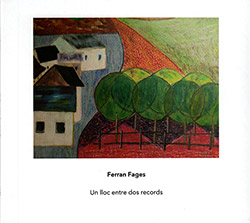
Submerging the listener into the immediacy of pure perception through the economy of materials and atemporality, Catalan guitarist Ferran Fages presents the 3rd piece of his trilogy for guitar and sinteones, referencing Feldman, Lucier and Szlavnics as he specifies tunings for the guitar accompanied by pure resonating sinetones used as memory vehicles or shadows.
Out of Stock
Quantity in Basket: None
Log In to use our Wish List
Shipping Weight: 1.00 units
Sample The Album:
Ferran Fages-acoustic guitar, sinewaves
Click an artist name above to see in-stock items for that artist.
Label: Another Timbre
Catalog ID: at132
Squidco Product Code: 26755
Format: CD
Condition: New
Released: 2018
Country: UK
Packaging: Cardboard Gatefold
Recorded at Estudios Golden Apple, in March to April, 2018.
Interview with Ferran Fages by Cristian Alvear by Another Timbre:
Can you explain the title 'Un lloc entre dos records'?Un Lloc Entre Dos Records (A place between two memories) (2017) is the third composition of a trilogy for guitar and sinetones that was composed in the period 2015-2018. The two other pieces in the trilogy are: What Might Occur (Rereadings of Triadic Memories by Morton Feldman for guitar and sinewaves) (2015-17) and Detuning Series For Guitar (2016-18).
After naming two compositions by titles which explain or give some precise clues of what to expect of them, I needed to find a more abstract title. In a metaphorical way the title refers to the two previous compositions.
Hearing the piece, one gets the impression that we're dealing with music that has a logic or system regarding the tuning for both guitar and sinetones. Is there a specific system? And if so, can you explain it?
Yes, there is a system that determines the tuning of the guitar, and this tuning determines the tuning of the sinetones. A more precise answer needs some explanation, going back to the first composition in the trilogy.
The first piece ("What Might Occur") is based on my interpretation and reformulation of melodic elements and leitmotifs that integrate Morton Feldman's Triadic Memories. I started working with the standard tuning and the result was not very inspiring. It was disappointing because I felt it showed the timbral and resonant limitations of the guitar in comparison with the piano. This is why I decided to work with more flexible tunings in order to make easier to play with the sound world of the intervals in "Triadic Memories".
I spent some months working with different tuning systems before finding one that fitted the requirements of the work, allowing me to reformulate its leitmotifs and to start working with the resonance of the instrument. With this new tuning (D, C#, F#, C#, G#, C) I was able to work with the melodic materials and intervals, but after some time I realised that I needed a system that captured the structure of the piece in a more precise way. The question was, if the starting point was a specific leitmotif, why not adjust the tuning of the guitar taking the notes or the intervals from this leitmotif? The final solution was a new tuning system that helped me to set a specific frame for the piece with my own compositional tools and rules. So the final tuning for "What Might Occur" was D, C#, C, B, Bb, D, which includes four notes of the specific leitmotif (B-C#-Bb-D) from Feldman's piece.
When I realised how important it was to work with a tuning with which I could elaborate some melodic passages on the open strings, I decided to compose a new piece sharing and expanding this tuning strategy. For this piece the tuning is C#, D, C, B, C#, C. My goal for Un Lloc Entre Dos Records was to conceive a piece that submerges the listener into the immediacy of pure perception, through the economy of materials, and in atemporality, since the music does not pursue any conclusion. The piece has a structure in four parts where the end result is 24 possible interpretations of the work: a first, common part, four options for the second part, three options for the third and two final parts.
In Un Lloc... the sinetones are considered as memory vehicles, which is different from the way in which they are generally used by other composers, who usually programme the sine waves to interfere with or expand the instrument's timbre and to provide a rhythmic character creating a beating effect. The sinetones in Un Lloc Entre Dos Records are programmed based on the tuning of the guitar. The frequency of the oscillators is modulated by adding a sine function with a small amplitude and a long period.
When Feldman conceived "Triadic Memories", beside a specific way of treating certain intervals, he's also thinking of and remembering the way that David Tudor, Roger Woodward and Aki Takahashi played the piano, pouring their presence into the music. He says: "Triadic Memories has a double meaning for me. Not only does it have a lot to do with the way the piece was made.....it has to do with memories and recent memories of three very important performers in my life at the piano". So, memory is of great importance for this music. Then in your reformulation of the piece, you talk about the sinetones being memory vehicles. In what way? Are they memories of something, or someone?
I can give two different responses to that. Firstly I think about the sine tones as memory vehicles for a musical sequence that has appeared before in the piece, acting like a shadow, a resonance, a permanence.
Secondly, if I have to think of them as a memory of someone, I could say that maybe it's an opposite memory. I tried to use a different sinetone strategy than that used by two key reference composers, Alvin Lucier and Chiyoko Szlavnics. I was trying to find a new meaning by using tones without any timbral shadow and without affecting the timbral properties of the instrument. So, the sinetones are dependent on a previously existing music; they don't have a proper meaning in themselves, but their presence nonetheless has an important place and role in the piece.
When you compose, in terms of concepts such as reformulation, for example, do you proceed in the same way as you did with this trilogy of guitar pieces?
Yes, when I compose I always work with specific procedures. With the guitar, I'm always experimenting with different types of tunings in order to explore a timbral approach which allows me to focus on the acoustic phenomena in which I'm most interested at the time, such as resonance or beating effects.
Approaching composition through timbral phenomena can be a very dynamic process as your hearing changes, through practice and time, in terms of what you end up focusing on, and what your perception ends up capturing. I guess you develop a certain sensibility towards sound and its deployment. Do you think your hearing has changed over time, and if so, how?
That's a very difficult question to answer. I'm not sure if my hearing has changed overall, or if perhaps my hearing has just become more restrained. One thing that certainly has changed is my interest in the approach to sound production itself, and how a sound exists in a space. This is a slow process. I have spent - and will continue to spend - many hours playing a single note, or cluster of notes, on my guitar, and I hope that I will continue to discover new details that I wasn't aware of before.
See also Detuning Series for Guitar.Artist Biographies
• Show Bio for Ferran Fages "Ferran Fages (1974, Barcelona, Catalunya) Ferran Fages is an improviser and composer, and an international reference in the sphere of electroacoustic improvisation. Since the end of the 1990s, he has published over fifty discographic references on national and international labels. He has undertaken tours, performed concerts and led workshops around Europe and South America as well as in Canada and Japan. He plays guitar, resonant objects, acoustic turntable and electronics: "feedback mixing board", pick-ups and oscillators. From 1999 until 2006 he was a member of the IBA col·lectiu d'improvisació, with whom he organised over one hundred concerts as well as the festivals Improvisa (2000-2003) and the Experimental Music Week at Metrònom (2005), among others. Besides his projects, he has shared a stage and made collaborations with musicians such as Christine Abdelnour, Sophie Agnel, Núria Andorrà, Derek Bailey, Pascal Battus, Tom Chant, David Chiesa, Albert Cirera, Sébastien Cirotteau, Angharad Davies, Rhodri Davies, Michel Doneda, Axel Dörner, Lluïsa Espigolé, Agustí Fernández, Jean-Philippe Gross, Will Guthrie, Robin Hayward, Barbara Held, Jason Kahn, Martin Küchen,Eduard Márquez, Wade Matthews, Mattin, Manuel Mota, Ivan Palacky, Ramon Prats, Eddie Prévost, Pablo Rega, Àlex Reviriego, Ernesto Rodrigues, Alejandro Rojas-Marcos, Ivo Sans, Joan Saura, Pilar Subirà, Vasco Trilla, Birgit Ulher, Taku Unami, Nikos Velliotis, Dafne Vicente-Sandoval, Mark Wastell, Christopher Williams and Ingar Zach among others. He has also worked with the choreographers and companies of Olga Mesa (1999), Lanónima Imperial (2003-2004), Carme Torrent (1999-2005), Ktonycia (2007), Constanza Brncic (2008-2009) and Merce Cunningham Dance Company (2009). He has performed the following pieces of contemporary music: Guitar two, for four, by Phill Niblock (2004); Cobra, by John Zorn (2006); Meditations for Orchestra, by Pauline Oliveiros (2007); Guitar Trio, by Rysh Chatham (2007); Trio I from Trios WHITE ON WHITE, by Robert Ashley (2008); Poem 1960, by La Monte Young (2008); Diferencias familiares sobre las cuerdas, by Christopher Williams (2009); Little by Little, by Sam Sfirri (2011), and Cartridge Music, by John Cage (2012)." ^ Hide Bio for Ferran Fages
7/9/2025
Have a better biography or biography source? Please Contact Us so that we can update this biography.
Track Listing:
1. Un Lloc Entre Dos Records (2017) 53:48
Compositional Forms
Electro-Acoustic
Guitarists, &c.
Electronic Forms
Solo Artist Recordings
New in Compositional Music
Search for other titles on the label:
Another Timbre.


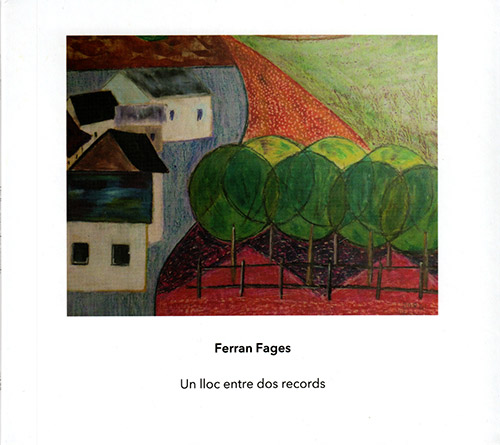
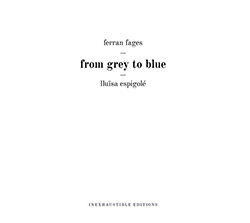
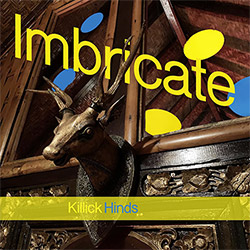
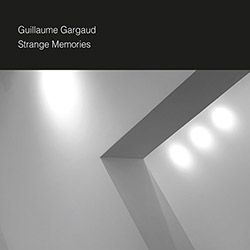
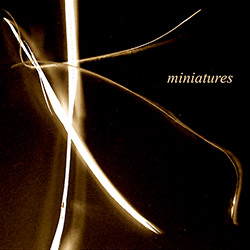
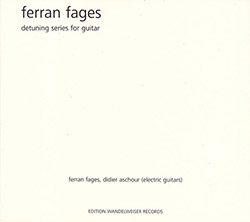
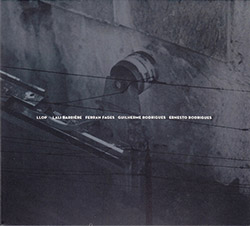
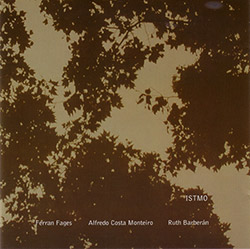
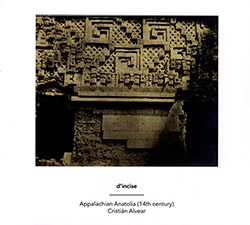
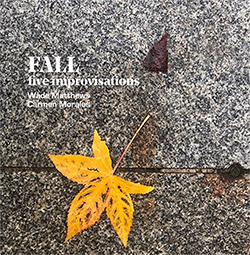
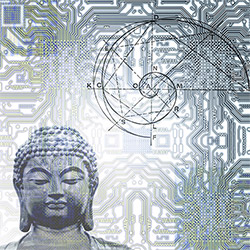
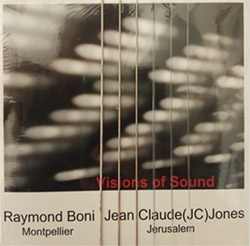
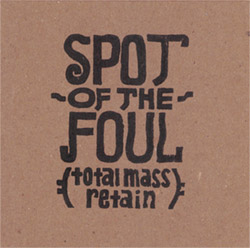
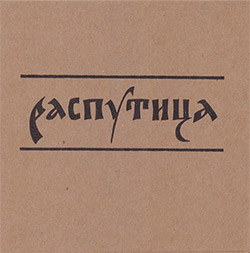
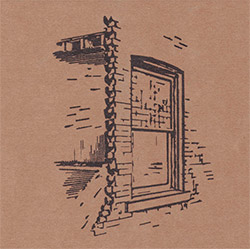
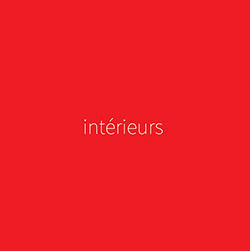
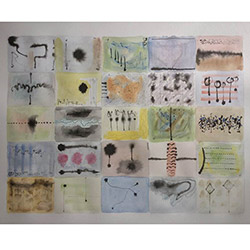
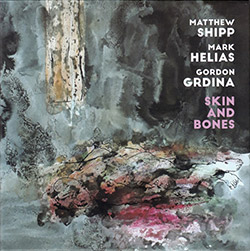
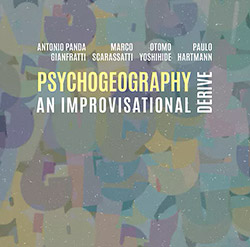
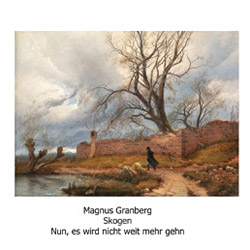
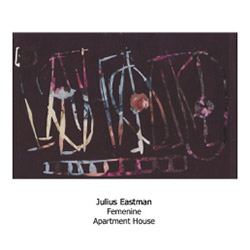
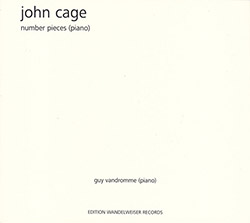
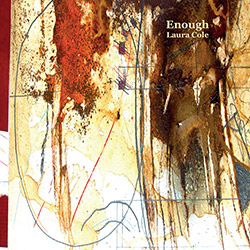
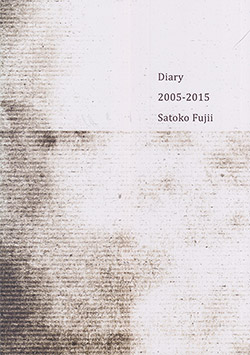
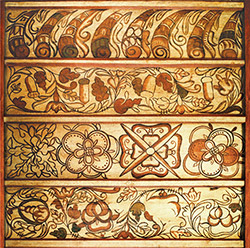
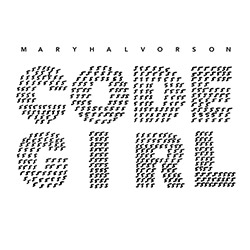
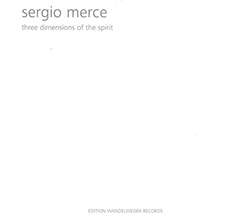

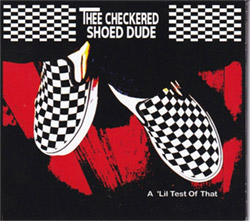
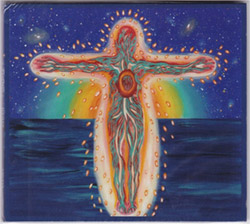
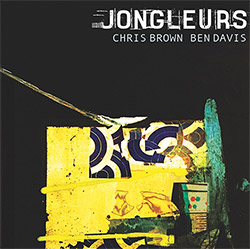
![BlueRing Improvisers: Materia [2 CDs]](https://www.teuthida.com/productImages/misc4/36513.jpg)
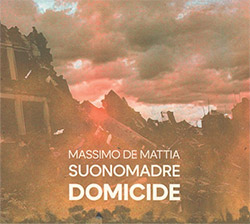
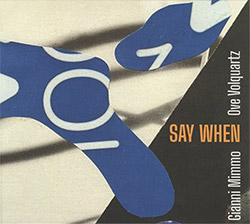
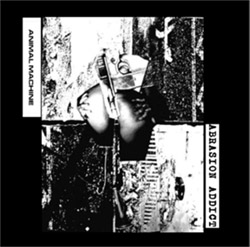

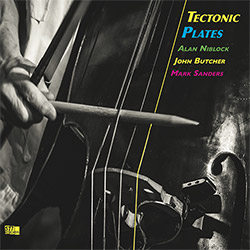
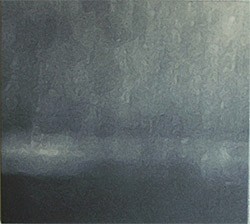

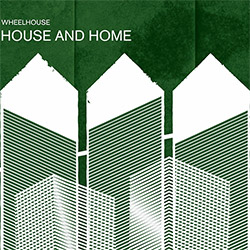
![Wheelhouse (Rempis / Adasiewicz / McBride): House And Home [VINYL]](https://www.teuthida.com/productImages/misc4/36462.jpg)
![+DOG+: The Light Of Our Lives [2 CDs]](https://www.teuthida.com/productImages/misc4/36009.jpg)

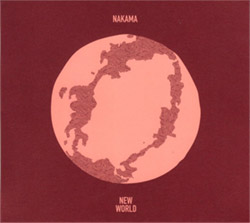
![Parker, Evan / Jean-Marc Foussat: Insolence [VINYL]](https://www.teuthida.com/productImages/misc4/36398.jpg)
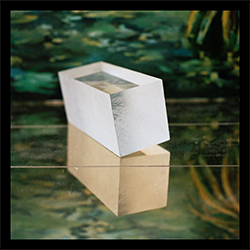
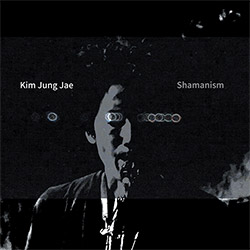
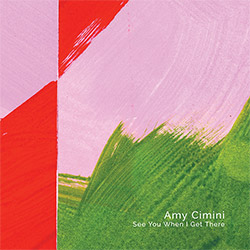
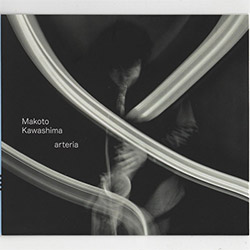
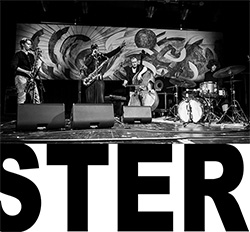
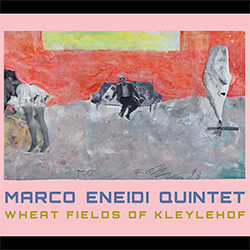
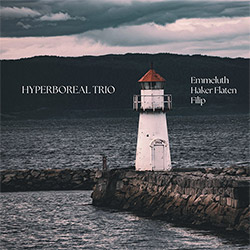
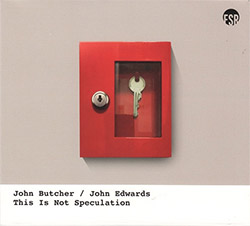
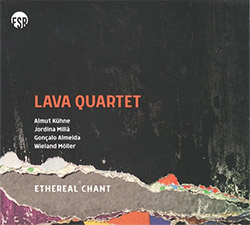
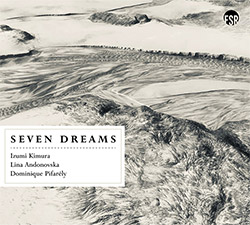
![Deupree, Jerome / Sylvie Courvoisier / Lester St. Louis / Joe Morris: Canyon [2 CDs]](https://www.teuthida.com/productImages/misc4/36404.jpg)

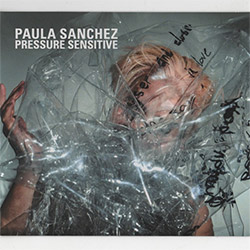

![Eventless Plot | Haarvol: The Subliminal Paths [CASSETTE + DOWNLOAD]](https://www.teuthida.com/productImages/misc4/36232.jpg)

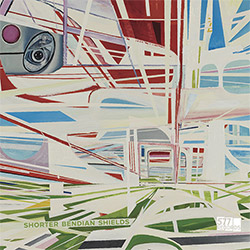
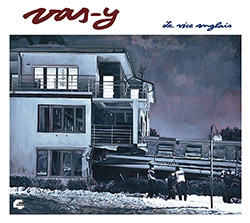
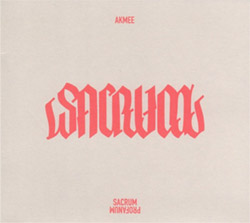

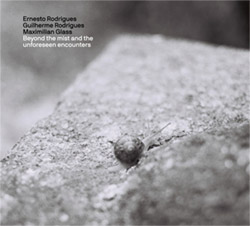
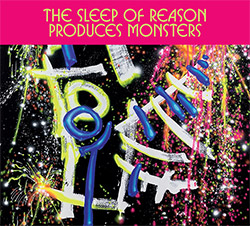
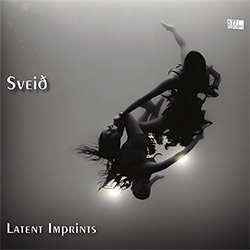
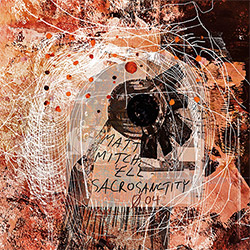
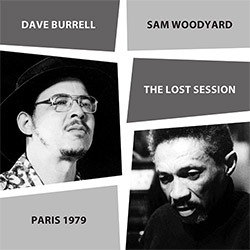
![Eventless Plot | Francesco Covarino: Methexis [CASSETTE + DOWNLOAD]](https://www.teuthida.com/productImages/misc4/36231.jpg)
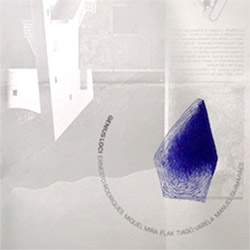
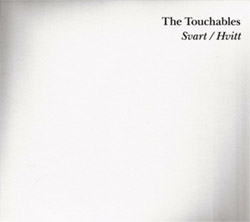
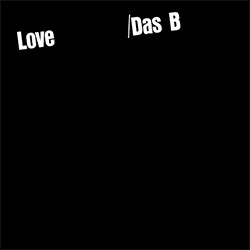
![Das B (Mazen Kerbaj / Mike Majkowski / Magda Mayas / Tony Buck): Love [VINYL]](https://www.teuthida.com/productImages/misc4/36329.jpg)
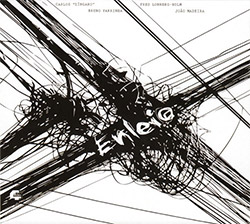

![Eternities: Rides Again [CASSETTE]](https://www.teuthida.com/productImages/misc4/36247.jpg)
![Lopez, Francisco: Untitled (2021-2022) [2 CDs]](https://www.teuthida.com/productImages/misc4/36438.jpg)


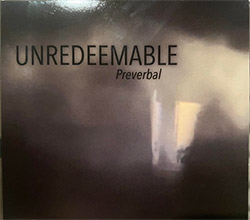
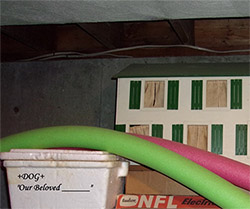
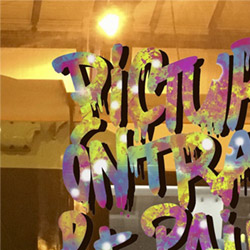
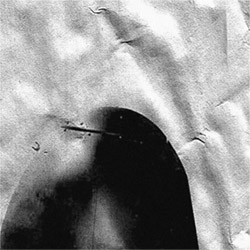
![Money : Money 2 [2 CDs]](https://www.teuthida.com/productImages/misc4/35894.jpg)
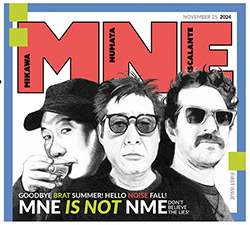

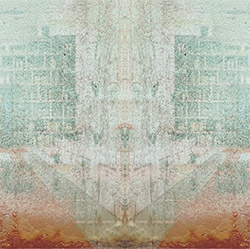
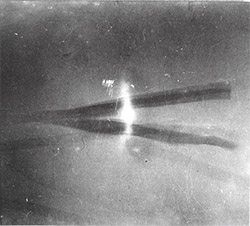
![Klinga, Erik: Elusive Shimmer [VINYL]](https://www.teuthida.com/productImages/misc4/36258.jpg)
![CHANGES TO blind (Phil Zampino): Volume 9 - I Wave on a Fine Vile Mist [CD + DOWNLOAD]](https://www.teuthida.com/productImages/misc4/36061.jpg)

![Wallmart / Rubbish: Asset Protection [split CD]](https://www.teuthida.com/productImages/misc4/35900.jpg)
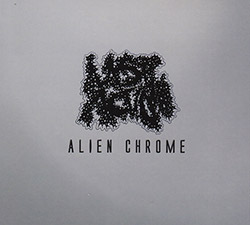
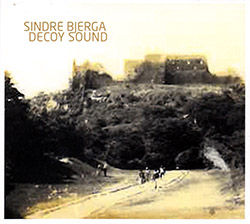
![+Dog+: The Family Music Book Vol. 5 [2 CDs]](https://www.teuthida.com/productImages/misc4/35897.jpg)
![Kuvveti, Deli : Kuslar Soyledi [CASSETTE w/ DOWNLOAD]](https://www.teuthida.com/productImages/misc4/36107.jpg)

![Brown, Dan / Dan Reynolds: Live At The Grange Hall [unauthorized][CASSETTE]](https://www.teuthida.com/productImages/misc4/36245.jpg)


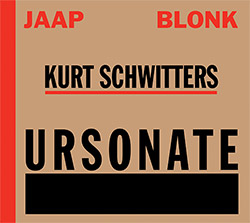
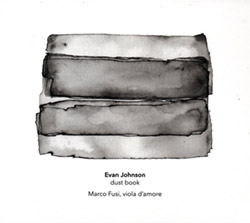
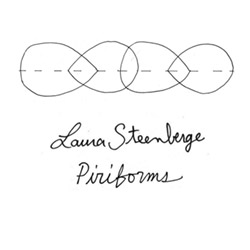
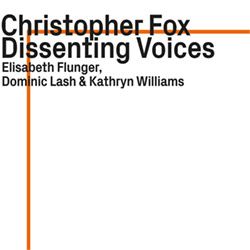

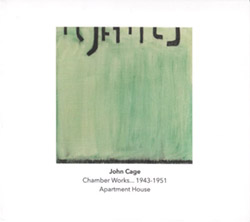
![Palestine, Charlemagne / Seppe Gebruers: Beyondddddd The Notessssss [VINYL]](https://www.teuthida.com/productImages/misc4/36206.jpg)
![Palestine, Charlemagne / Seppe Gebruers: Beyondddddd The Notessssss [NEON GREEN VINYL]](https://www.teuthida.com/productImages/misc4/36207.jpg)
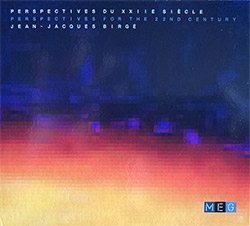
![Laubrock, Ingrid: Purposing The Air [2 CDs]](https://www.teuthida.com/productImages/misc4/35639.jpg)
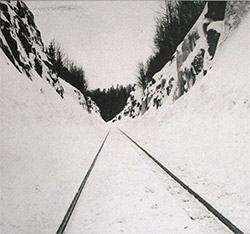
![Yoko, Ono / The Great Learning Orchestra: Selected Recordings From Grapefruit [2 CDs]](https://www.teuthida.com/productImages/misc4/35841.jpg)

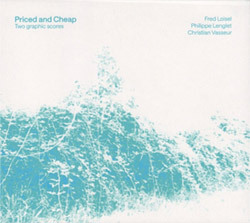
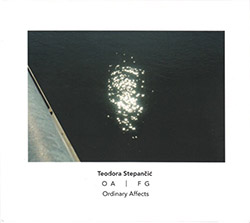
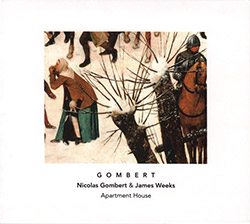

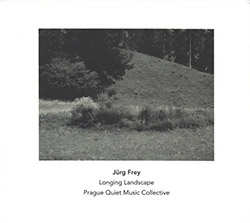
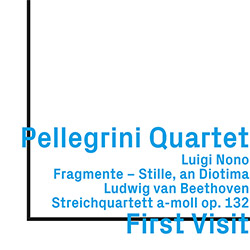

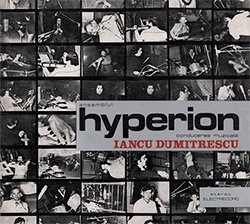
![Zorn, John / JACK Quartet: The Complete String Quartets [2 CDs]](https://www.teuthida.com/productImages/misc4/35609.jpg)
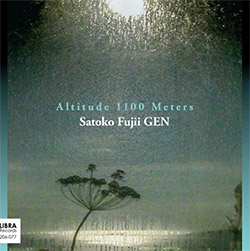
![Lonsdale, Eden: Dawnings [2 CDs]](https://www.teuthida.com/productImages/misc4/35480.jpg)
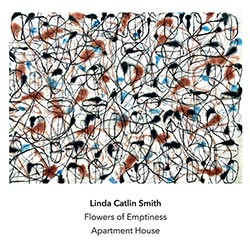
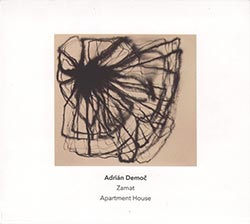

![Sorry For Laughing (G. Whitlow / M. Bates / Dave-Id / E. Ka-Spel): Rain Flowers [2 CDS]](https://www.teuthida.com/productImages/misc4/35985.jpg)

![Rolando, Tommaso / Andy Moor : Biscotti [CASSETTE w/ DOWNLOADS]](https://www.teuthida.com/productImages/misc4/36106.jpg)


![Electric Bird Noise / Derek Roddy: 8-10-22 [CD EP]](https://www.teuthida.com/productImages/misc4/35970.jpg)








![Elephant9 : Mythical River [VINYL]](https://www.teuthida.com/productImages/misc4/34624.jpg)



![Elephant9 with Terje Rypdal: Catching Fire [VINYL 2 LPs]](https://www.teuthida.com/productImages/misc4/35355.jpg)
![Deerlady (Obomsawin, Mali / Magdalena Abrego): Greatest Hits [VINYL]](https://www.teuthida.com/productImages/misc4/34876.jpg)
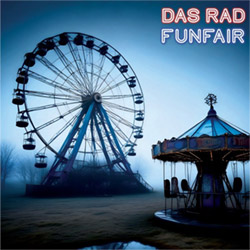
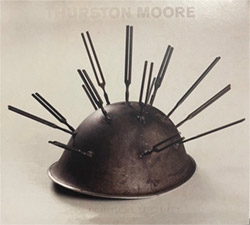
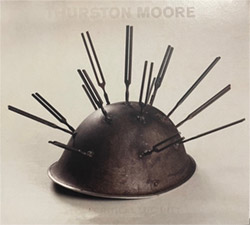
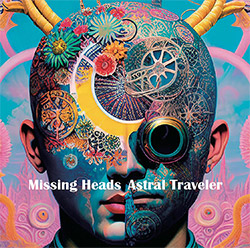
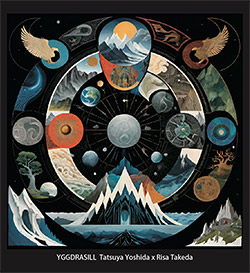
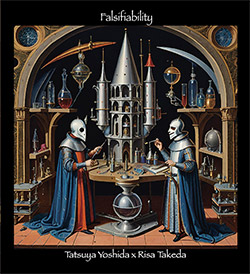
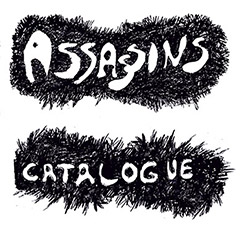
![Surplus 1980: Illusion of Consistency [CD]](https://www.teuthida.com/productImages/misc4/35069.jpg)
![Staiano, Moe: Away Towards the Light [VINYL + DOWNLOAD]](https://www.teuthida.com/productImages/misc4/35037.jpg)
![Coley, Byron: Dating Tips for Touring Bands [VINYL]](https://www.teuthida.com/productImages/misc4/17906.jpg)

![Lost Kisses: My Life is Sad & Funny [DVD]](https://www.teuthida.com/productImages/misc4/lostKissesDVD.jpg)